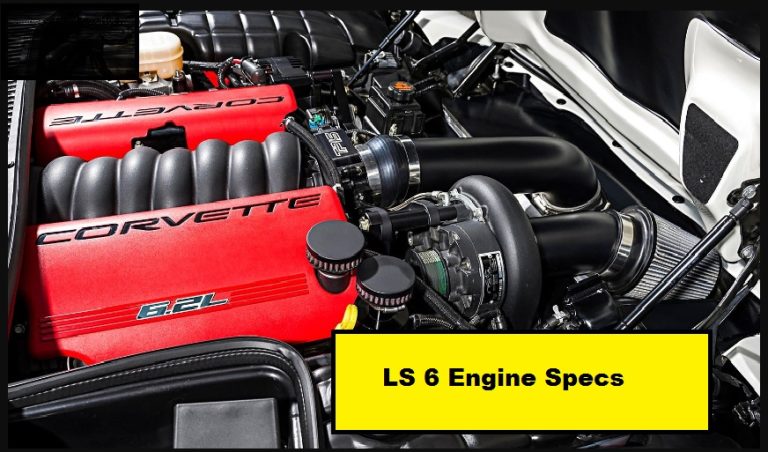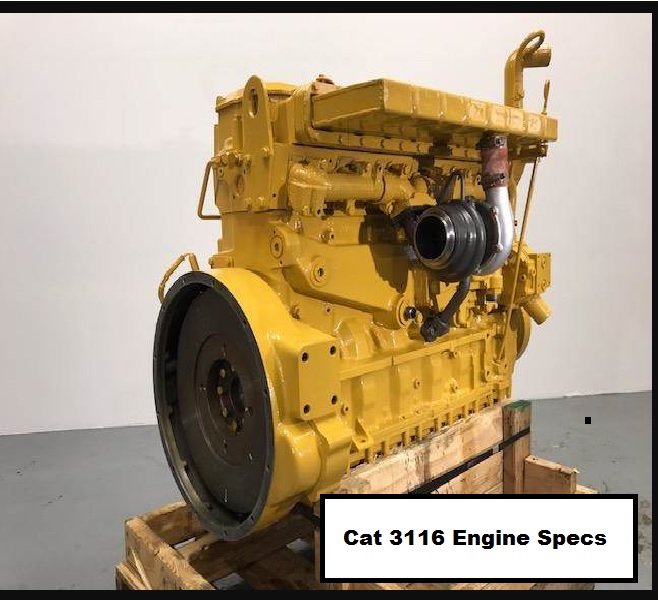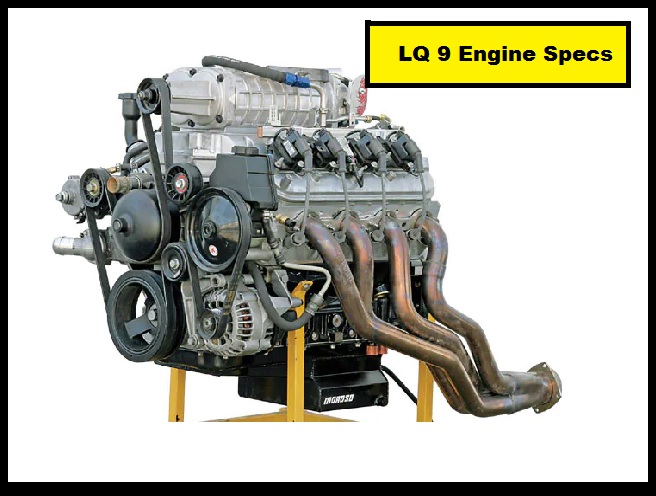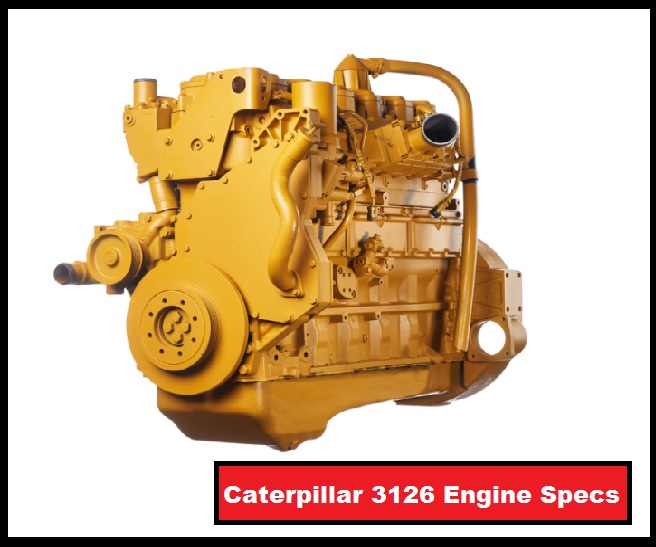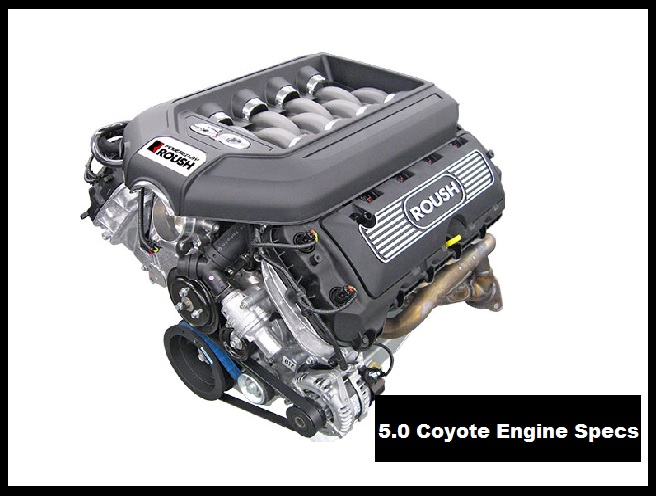Toyota 2JZ Engine Specs
If you’re searching for Toyota 2JZ Engine Specs, Performance, Cylinder Heads, and Cam Specs, We Realise how tough it may be to obtain all of the Requires information Online. To Help you Research the Toyota 2JZ Engine, Our team is Created a Step-by-step Tutorial. Let’s go into the Subject.
The 2JZ Engine was produced from 1991 until 2007. A 3.0-liter inline Six-cylinder gasoline Engine powers the vehicle. It is one of the most well-known Toyota Engines, Particularly the twin-turbo 2JZ engine utilised in the iconic Toyota Supra.
A common engine variant is the 2GZ-GE, a naturally aspirated motor seen in Toyota and Lexus automobiles (such as Toyota Altezza, Aristo, Soarer, Lexus IS300, GS300 as well as SC300). It is well-known for its high quality and long life.
Due to the 14.5mm stroke, 2JZ engine blocks are taller than 1JZ blocks (0.57 in.). The first 2GZ-GE had an aluminum cylinder head with an easy-to-use design, four valves per cylinder centrally positioned spark plugs and belt-driven double overhead camshafts.
The intake valve has a 33.5-millimeter diameter, While the exhaust valve has a 29.0-millimeter diameter. Specifications for the camshaft are as Follows: Valve lift of 8.26 mm for the intake and 8.41 mm for the exhaust.
The Engine was Outfitted with a Conventional ignition system consisting of an ignition distributor and a Single coil. An Aluminum intake Manifold and Toyota’s ACIS Technology make up The intake. The Compression Ratio on an aspirated 2JZ is 10.5:1.
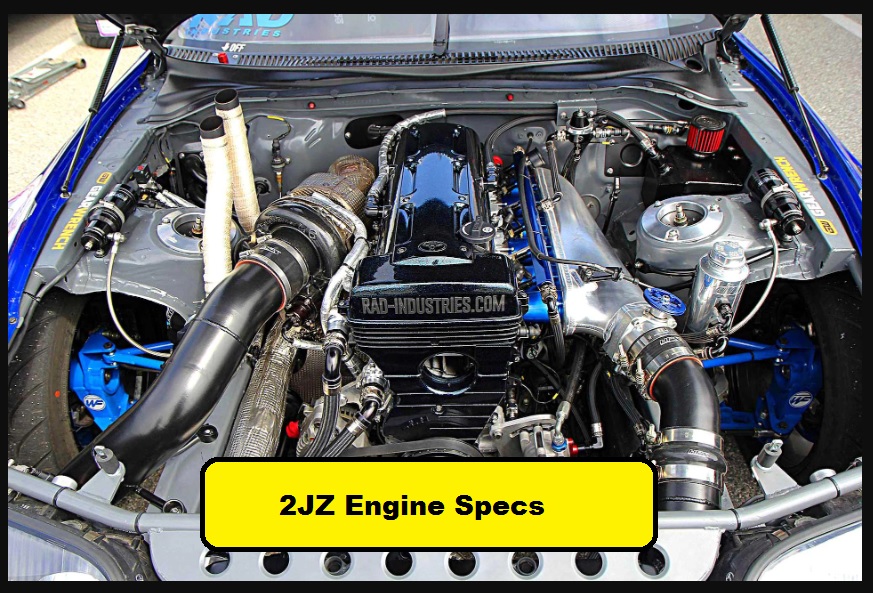
Engine Specifications |
|
| Engine code | 2JZ-GTE |
| Weight | 230 kg (507 lbs) |
| Fuel type | Gasoline |
| Production | 1991-2005 |
| Displacement | 3.0 L, 2,997 cm3 (182.89 cu in) |
| Fuel system | Multi-point fuel injection system |
| Power adder | For Japan market: Twin-turbochargers CT20 with intercooler For American and Europe marcet: Twin-turbochargers CT12B with intercooler |
| Max. horsepower | JDM: 280 PS (206 kW; 276 HP) at 5,600 rpm North America and Europe: 325 PS (239 kW; 320.5 HP) at 5,600 rpm |
| Max. torque | 2JZ-GE: JDM: 432 Nm (44.0 kg·m; 318.8 ft·lb) at 3,600 rpm North America and Europe: 441 Nm (45.0 kg·m; 325.5 ft·lb) at 3,600 rpm 2JZ-GE VVTi: 451 Nm (46.0 kg·m; 332.8 ft·lb) at 3,600 rpm |
| Firing order | 1-5-3-6-2-4 |
| Dimensions (L x H x W): | – |
| Layout | Four stroke, Inline-6 (Straight-6) |
Cylinder head
Among six-cylinder Engines, The Toyota 2JZ is Renowned for its Potency and dependability. The cylinder head is an integral part of the 2JZ Engine and Contributes much to the Vehicle’s overall Performance.
The cylinder head controls the engine’s exhaust emissions, Directs air and fuel into the engine, and seals the combustion chamber. The 2JZ Cylinder head is precisely engineered and Constructed from premium Materials to guarantee its sturdiness and lifespan.
Ample airflow is also provided by the 2JZ cylinder head’s design, Which contributes to an improvement in the engine’s power output. Overall, The cylinder head of the Toyota 2JZ engine is an essential part that supports the engine’s Remarkable performance and dependability.
Cylinder head |
||
| Cylinder head alloy | Aluminum | |
| Valve Arrangement | DOHC, belt drive | |
| Valves | 24 (4 valves per cylinder) | |
| Valve lift | INTAKE | 8.26 mm (0.3252 in) |
| EXHAUST | 8.41 mm (0.3311 in) | |
| Valve head diameter | INTAKE | 33.6 mm (1.3188 in) |
| EXHAUST | 29.0 mm (1.1417 in) | |
| Valve length | INTAKE | 98.29-98.79 (3.8697-3.8894 in) |
| EXHAUST | 98.84-99.34 mm (3.8913-3.9110 in) | |
| Valve stem diameter | INTAKE | 5.970-5.985 mm (0.2350-0.2356 in) |
| EXHAUST | 5.965-5.980 mm (0.2348-0.2354 in) | |
| Valve spring free length | 41.74 mm (1.6433 in) or 41.70 mm (1.6417 in) With VVTi: 43.71 mm (1.7208 in) or 44.10 mm (1.7362 in) |
|
| Camshaft lobe height | INTAKE | 44.060-44.160 mm (1.7346-1.7385 in) |
| EXHAUST | 44.770-44.870 mm (1.7626-1.7665 in) | |
Valve clearance |
|
| Intake valve | 0.15-0.25 mm (0.006-0.010 in) |
| Exhaust valve | 0.25-0.35 mm (0.010-0.014 in) |
Oil system |
|
| Recommended engine oil | 5W-30 5W-40 10W-30 |
| Oil type API | SG or SJ |
| Engine oil capacity (Refill capacity) | Without oil filter: 5.3 l With oil filter: 5.6 l |
| Oil change interval, km (miles) | 10,000 (6,000) |
| Oil consumption , L/1000 km (qt. per miles) | up to 0.5 (1 qt. per 1200 miles) |
Ignition system |
|
| Spark plug | For Japan domestic market: 1991-1993 DENSO: PK20R8; NGK: BKR6EP81993-1997 DENSO: PK20R11; NGK: BKR6EP111996-2000 (VVTi) DENSO: PK20TR11; NGK: BKR6EKPB11For other markets: DENSO: PK16R11; NGK: BKR5EP11 |
| Spark plug gap | For PK20R8, BKR6EP8: 0.7-0.8 mm (0.027-0.031 in) For others: 1.0-1.1 mm (0.039-0.043 in) |
Compression pressure |
|
| Standard | 12.5 kg/cm2 / 250 rpm |
| Minimun | 10.0 kg/cm2 / 250 rpm |
| Compression differential limit between cylinders | 1.0 kg/cm2 / 250 rpm |
Cylinder block
A seven-bearing support system secures the cylinder block, which is a specifically cast component. Meanwhile, the crankshaft has twelve counterweights and seven journals that have all been induction hardened to boost longevity.
Special aluminum castings are used to make the pistons. Each piston is equipped with two compression rings as well as an oil ring. Chromium plating has been applied to the top Compression ring. The piston tops on the 2JZ-GTE are taller than those on the 2JZ-GE. Its compression ratio is lower.
Cylinder block |
||
| Crankpin diameter | 52.000 mm (2.0472 in) | |
| Compression ratio | 1990-1997 (Without VVTi): 10.0:1 After 1995 (With VVTi): 10.5:1 |
|
| Cylinder bore | 86.0 mm (3.39 in) | |
| Piston stroke | 86.0 mm (3.39 in) | |
| Number of piston rings (compression / oil) | 2 / 1 | |
| Number of main bearings | 7 | |
| Cylinder inner diameter (standard) | 86.000-86.013 mm (3.3858-3.3863 in) | |
| Piston skirt diameter (standard) | 85.935-85.945 mm (3.3832-3.3836 in) | |
| Piston pin outer diameter | 21.997-22.006 mm (0.8660-0.8664 in) | |
| Piston ring side clearance | Top | 0.011-0.070 mm (0.0004-0.0027 in) |
| Second | 0.030-0.070 mm (0.0012-0.0028 in) | |
| Piston ring end gap | Top | 0.30-0.40 mm (0.0118-0.0157 in) |
| Second | 0.35-0.45 mm (0.0137-0.0177 in) | |
| Oil | 0.13-0.38 mm (0.0051-0.0150 in) | |
| Crankshaft main journal diameter | 62.000 mm (2.4410 in) | |
| Crankshaft center distance | 35.75 mm (1.4074 in) | |
| Cylinder block alloy | Cast-iron | |
Toyota 2JZ Engine Review
The Toyota 2JZ engine is a celebrated inline-six powerplant, widely recognized for its durability, reliability, and impressive power potential. It found its place in various Toyota vehicles, including the Supra, Aristo, and Crown.
What sets the 2JZ apart is its exceptionally robust block and internal components, which allow it to withstand substantial boost pressure without failing. This quality has made it a favored choice for tuners, with some iterations producing well over 1,000 horsepower.
In addition to its strength, the 2JZ is appreciated for its smooth power delivery and relatively efficient fuel consumption. Its straightforward maintenance requirements make it an excellent option for both street and track use.
The 2JZ remains a genuinely legendary engine, cherished by enthusiasts to this day. It stands as a testament to Toyota’s engineering excellence and serves as a reminder of an era when Japanese automakers were crafting some of the world’s finest vehicles.
Full review YouTube video check here.
Conclusion
This thorough manual covers every feature of the Toyota 2JZ Engine, Such as its Specs, Details, evaluations, Reviews, and Features. You will fully Comprehend this tractor type and it’s potential after Reading this.
But, If you have any queries concerning this Article, Please Express them in the Comments section below. I’ll try my best to assist you as quickly as Possible. Thank’s. Visit our Website at Commercialvehicleinfo.com for additional Details.

